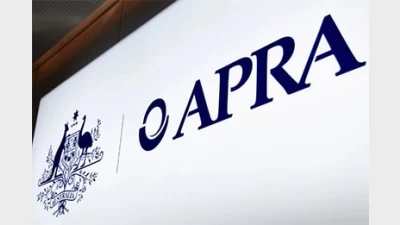April super data shows shift in sentiment


Younger superannuation fund members are increasingly moving away from default balanced options towards more active settings and are reaping the benefits, according to the latest analysis from SuperRatings.
SuperRatings noted the change at the same time as reporting that super funds had staged a comeback after a lacklustre start to 2018, with the April data showing the median balanced option returned 1.7 per cent, driven by gains from Australian and global shares.
It said investors in growth options fared even better, with the median growth option returning 2.2 per cent over April, while investors with full exposure to Australian shares managed a return of 3.5 per cent after experiencing a fall of 2.9 per cent in the previous month.
The ratings house said that, as at the end of April, the median balanced option return over 12 months was a respectable 8.1 per cent, reflecting the stability of superannuation returns over time.
The analysis pointed to the long-term differences resulting from different asset allocations. Noting that, over the past 10 years to April 2018, the difference between balanced and growth option returns had been relatively small, with a balance of $100,000 accumulating to $174,158 for the median growth option versus $173,506 for the median balanced option.
SuperRatings chief executive, Kirby Rappell said that for many super members, the balanced option was what they ended up sticking with for their working life.
“But increasingly we are seeing a trend away from the balanced option and towards options that offer more growth for more risk, especially among younger members,” he said.
Recommended for you
Jim Chalmers has defended changes to the Future Fund’s mandate, referring to himself as a “big supporter” of the sovereign wealth fund, amid fierce opposition from the Coalition, which has pledged to reverse any changes if it wins next year’s election.
In a new review of the country’s largest fund, a research house says it’s well placed to deliver attractive returns despite challenges.
Chant West analysis suggests super could be well placed to deliver a double-digit result by the end of the calendar year.
Specific valuation decisions made by the $88 billion fund at the beginning of the pandemic were “not adequate for the deteriorating market conditions”, according to the prudential regulator.












